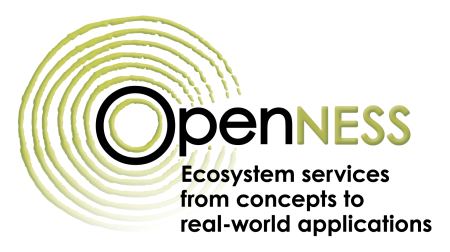
Resource description:
This method aims to translate the people's visual experiences and perceptions of landscapes in terms of ecosystem services. It has been particularly used to explore how landscape multi-functionality (defined as the capacity of ecosystems to provide ecosystem services to society) is related with public perceptions toward landscapes and ecosystem services (Garcia-Llorente et al., 2012). This is based on the idea that visual stimuli could be understood as a socially shared communication channel, and then, with potential to identify and analyse social perceptions of ecosystem services (Garcia-Llorente et al., 2012, Lopez-Santiago et al. 2014).
Author/Contact:
Eszter Kelemen
Senior research fellow at ESSRG Ltd. and senior lecturer at Corvinus University of Budapest
kelemen.eszter@essrg.hu
OPPLA username: ekelemen
Requirements:
- Expertise with statistical analysis is important
- Need to collect lots of new data - therefore it requires considerable time and economic resources
Advantages:
- Easy to understand and very dynamic, as long as respondents are receptive to its application.
- It allows connecting landscape views with ecosystem services or even with other aspects such as land-use patterns.
- Results can help to identify potential social conflicts between social groups through exploring the differences between stakeholders coming from different environments (e.g. rural-urban gradient)
Constraints:
- Photos only show a limited and framed view of the surrounding, captured at a specific moment in time (Petursdottir et al. 2013)
- In some cases, participants learn about ecosystem services during the interview or questionnaire. This 'learning happened' should be taken into account when interpreting results.
- Problems of generalisation with scale. It is important to have in mind that the higher scale, the more generic the photo description of the ecosystem services.
Licence:
- Free, no licence
Development stage:
- Full, working product
- methodfactsheetphoto-elicitation.pdf (725.12 KB)